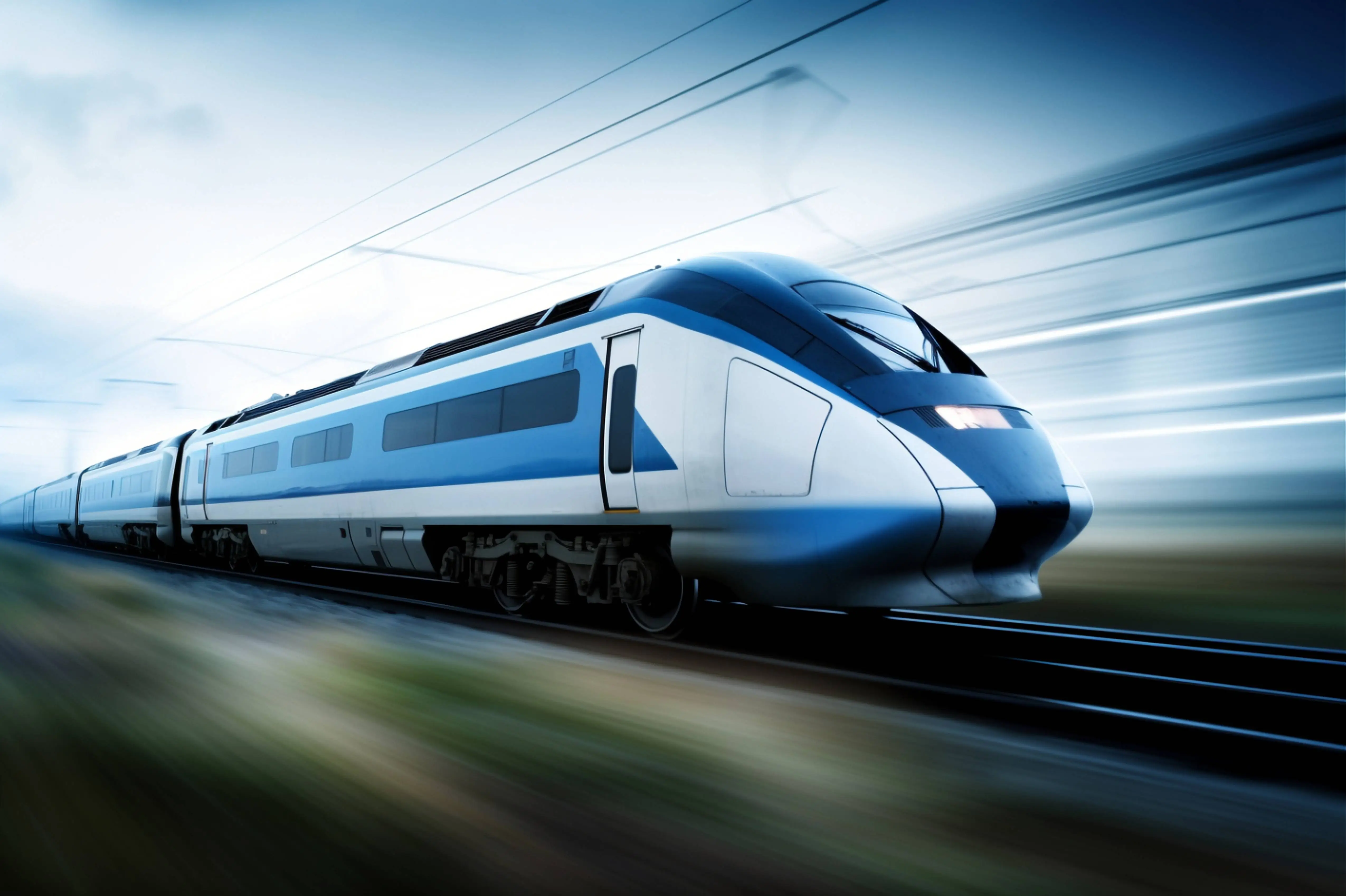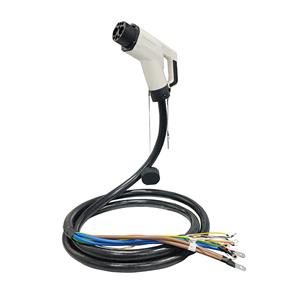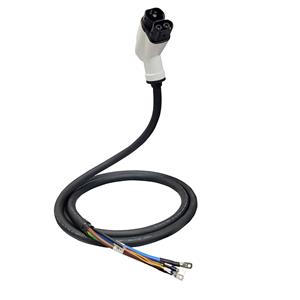The Essential Role of Resistors in Electric Systems
In the realm of modern transportation, high-speed trains, particularly those driven by electric power, require specialized resistors to ensure efficient operation, safety, and reliability. Known as high-speed train electrical resistors, they play a pivotal part in managing power distribution and maintaining stability within the intricate network of systems aboard these remarkable vehicles.
Electricity is the backbone of a high-speed train's propulsion system, where powerful motors convert electrical energy into mechanical force. However, efficient power flow is crucial to prevent voltage surges and protect sensitive components. This is where resistor technology comes into play. They act as a safety valve, dissipating excess energy when needed, and preventing damage to the infrastructure.
Resistors in high-speed trains typically feature high thermal capacity, allowing them to withstand the immense current fluctuations experienced during acceleration and braking. Advanced materials, such as ceramic or carbon composition, are often used to ensure longevity and minimal temperature rise. These resistors are also designed to be compact, as space constraints are tight in the confined interior of the train.

Furthermore, the ability to handle high-frequency AC current is another key requirement for these resistors. Modern high-speed trains use variable frequency drives (VFDs), which necessitate specific types of resistors capable of efficiently absorbing harmonic currents generated by the inverter.
Another aspect to consider is the ability to monitor and control these resistors remotely. Intelligent sensor technology allows for real-time monitoring of resistance levels, enabling operators to maintain optimal performance and diagnose potential issues before they escalate.
In summary, the selection and implementation of appropriate resistors in high-speed electric trains are crucial for their efficient operation and the overall traveller experience. The evolution of materials science and engineering continues to drive innovation in this field, ensuring that these trains remain at the forefront of sustainable, high-speed transportation. By understanding and optimizing the role of resistors, we can unlock the full potential of these marvels of technology.




